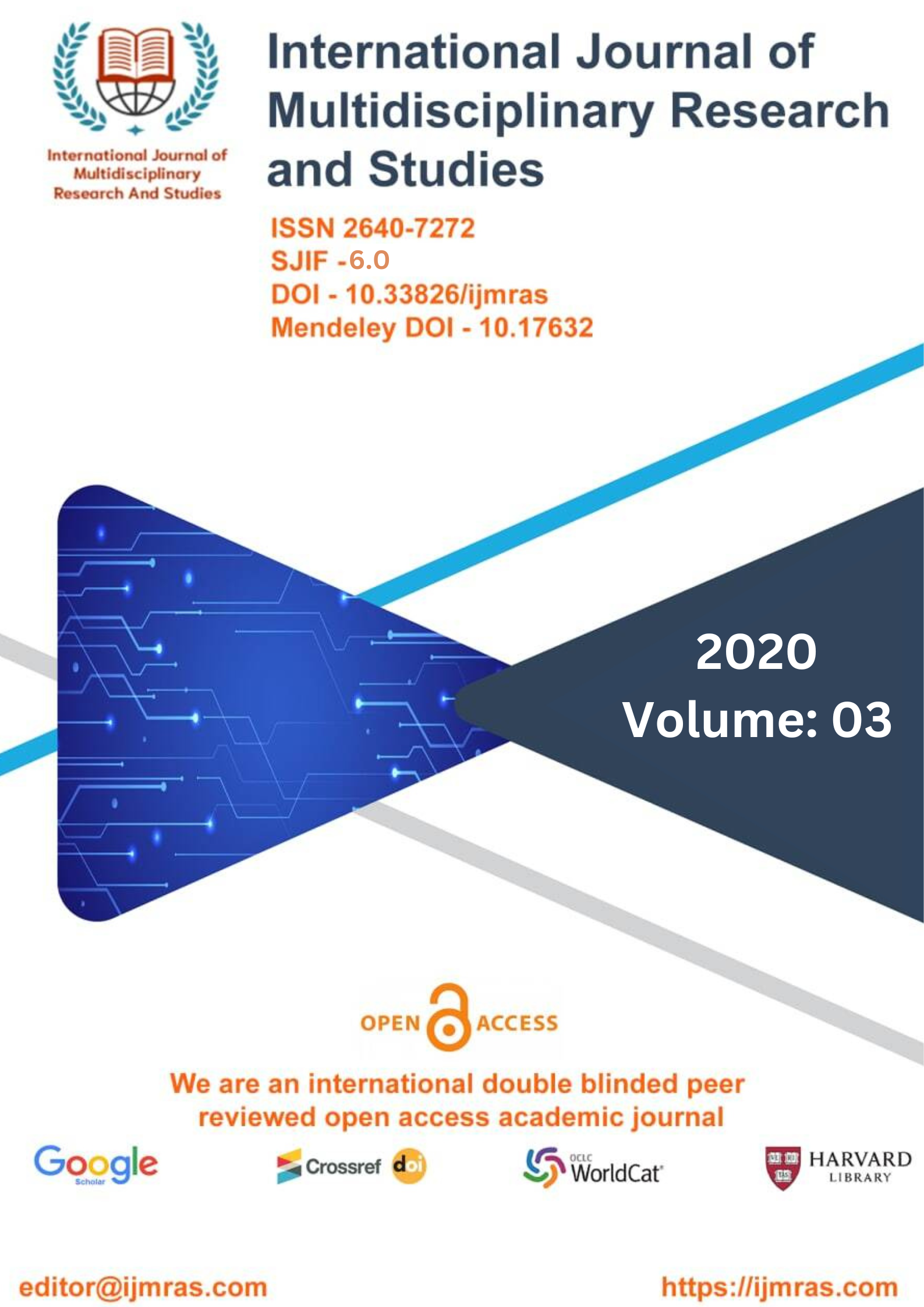SYSTEMATIC VARIETY OF THE TYPE CREEPING

Abstract
The theory that creep is caused by diffusion-like processes, with sediment flow linearly related to surface slope, is supported by observations made on convex hills, which demonstrate that soil thickness decreases with increasing topographic curvature Such movement of individual soil grains could be caused by burrowing creatures (such as worms, ants, and gophers) and by tree throw (trees that have been uprooted, typically by high winds, often carry soil and bedrock attached to the root wad), coupled with localized slope wash; however, field observations and laboratory studies show that nondiffusive processes, such as shear and depth-dependent viscous-like flow, may also occur. Burrowing creatures are examples of such organism. In addition, the observed connections between soil depth and slope curvature on linear and compound slopes are not consistent with a straightforward linear relationship between sediment flow and surface slope alone.
Keywords
Systematic, Variety, CreepingHow to Cite
References
Di Prisco, M.; Plizzari, G.; Vandewalle, L. Fibre reinforced concrete: New design perspectives. Mater. Struct. 2009, 42, 1261–1281.
FIB Bulletin 83. In Precast Tunnel Segments in Fibre-Reinforced Concrete; International Federation for Structural Concrete (fib): Lausanne, Switzerland, 2018.
De la Fuente, A.; Blanco, A.; Armengou, J.; Aguado, A. Sustainability based-approach to determine the concrete type and reinforcement configuration of TBM tunnels linings. Case study: Extension line to Barcelona Airport T1. Tunn. Undergr. Space Technol. 2017, 61, 179–188.
De La Fuente, A.; Casanovas-Rubio, M.D.M.; Pons, O.; Armengou, J. Sustainability of Column-Supported RC Slabs: Fiber Reinforcement as an Alternative. J. Constr. Eng. Manag. 2019, 145, 04019042.
WBCSD. The Cement Sustainability Initiative. World Bus. Counc. Sustain. Dev. 2017, 41. Available online: https://docs.wbcsd.org/2009/07/CSI-RecyclingConcrete-FullReport.pdf (accessed on 12 October 2020).
Scrivener, K.L.; Vanderley, J.M.; Gartner, E.M. Eco-Efficient Cements: Potential, Economically Viable Solutions for a Low-CO2 , Cement Based Materials Industry; UN Environment: Paris, France, 2016.
Roesler, J.R.; Altoubat, S.A.; Lange, D.A.; Rieder, K.A.; Ulreich, G.R. Effect of synthetic fibers on structural behavior of concrete slabs-on-ground. ACI Mater. J. 2006, 103, 3–10.
Meda, A.; Plizzari, G.A.; Riva, P. Fracture behavior of SFRC slabs on grade. Mater. Struct. Constr. 2004, 37, 405–411.
Alani, A.M.; Beckett, D. Mechanical properties of a large scale synthetic fibre reinforced concrete ground slab. Constr. Build. Mater. 2013, 41, 335–344.
Meda, A.; Plizzari, G.A. New design approach for steel fiber-reinforced concrete slabs-on-ground based on fracture mechanics. ACI Struct. J. 2004, 101, 298–303.
Chen, S. Steel fiber concrete slabs on ground: A structural matter. ACI Struct. J. 2007, 104, 373–375.
Caratelli, A.; Meda, A.; Rinaldi, Z.; Romualdi, P. Structural behaviour of precast tunnel segments in fiber reinforced concrete. Tunn. Undergr. Space Technol. 2011, 26, 284–291.
License
Copyright (c) 2020 SAMREEN JAHAN

This work is licensed under a Creative Commons Attribution 4.0 International License.
Individual articles are published Open Access under the Creative Commons Licence: CC-BY 4.0.



